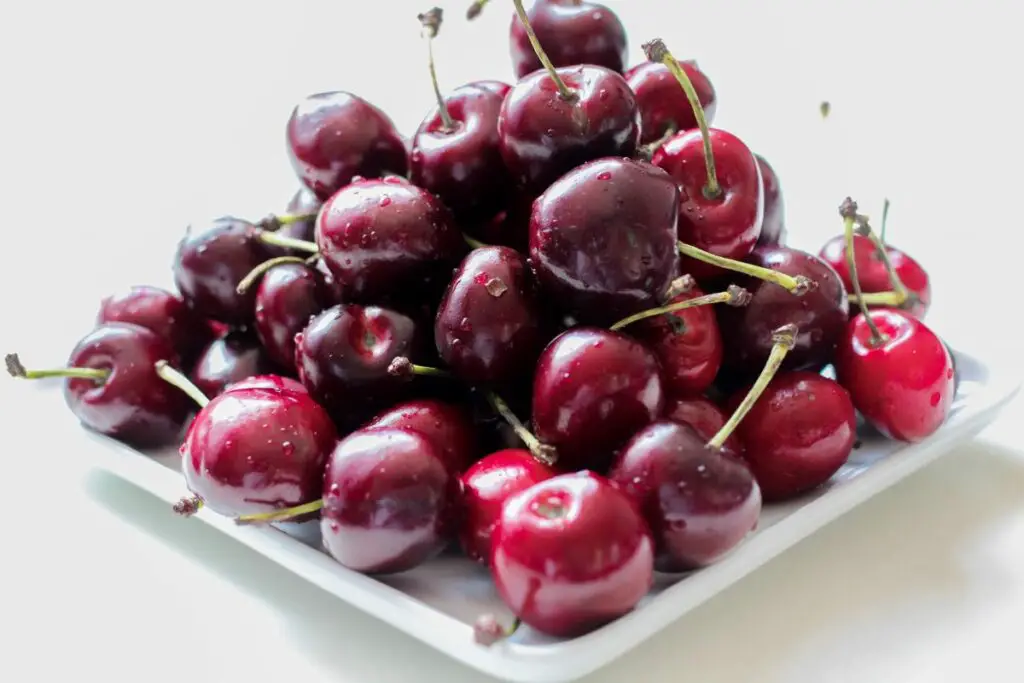
The debate surrounding whether a cherry is a fruit or a berry has been ongoing for years. It’s a topic that not only intrigues botanists and foodies but also can be a fun conversation starter at a dinner table.
A cherry is, in fact, a fruit, but not a berry. The definition of a berry is a fleshy fruit produced from a single ovary that has seeds embedded within the flesh. Cherries don’t meet these criteria because they contain a single pit or “stone” at the center, rather than multiple seeds dispersed throughout the flesh.
In this article, we’ll dive deeper into the botanical classifications that distinguish fruits from berries. We’ll also explore the unique characteristics of cherries and why they do not fall under the berry category. Lastly, we’ll look into some common misconceptions people have about what constitutes a berry.
What Makes a Cherry a Fruit and Not a Berry?
The first and foremost distinction between a berry and a cherry is the botanical classification. A berry is a simple fruit developed from a single ovary that contains multiple seeds. Cherries are “drupe” fruits, characterized by a single stone or pit surrounded by a fleshy fruit.
Botanical Classifications
In botanical terms, a berry has three distinct fleshy layers: the outer skin, the fleshy middle, and the innermost part where the seeds are contained. Berries also have more than one seed, whereas cherries have just one central pit.
| Features | Berry | Cherry |
|---|---|---|
| Seeds | Multiple | Single |
| Layers | Three | Two |
How Did the Confusion Start?
The term ‘berry’ is often loosely used in culinary contexts, which can be misleading. In cooking, ‘berries’ and ‘fruits’ are grouped more by flavor and utility than by strict botanical classification. That’s why fruits like strawberries and cherries are often considered berries in a culinary sense, even though they don’t meet the botanical criteria.
Characteristics That Make Cherries Unique
Cherries have several distinct features that set them apart from berries. One unique characteristic is their high concentration of antioxidants, particularly anthocyanins, which give cherries their rich red color. These antioxidants have been linked to numerous health benefits, from reducing inflammation to lowering the risk of certain chronic diseases.
Seasonal Availability
Cherries are typically in season during the late spring and early summer months. This limited seasonal availability often makes them a highly anticipated and cherished fruit, enjoyed in various culinary preparations from pies to cocktails.
Check the blog How long cherry tree bear fruit?. To know more about how long can a cherry tree bear fuits
Common Misconceptions About Berries
It’s important to dispel some misconceptions about what makes a berry. For instance, strawberries and raspberries aren’t true berries in the botanical sense. They are actually “aggregate fruits,” composed of small individual drupes. On the other hand, surprising examples of true berries include bananas and kiwis, as they have seeds embedded within their flesh and meet the botanical criteria for berries.
Conclusion: Is a Cherry a Fruit or a Berry?
To summarize, a cherry is definitively a fruit, not a berry. While cherries and berries may often be lumped together in culinary contexts, their botanical classifications are quite distinct. A berry is a simple fruit with seeds embedded within its flesh, developed from a single ovary.
A cherry, being a drupe, has a single stone at its center and thus doesn’t fit the botanical criteria for being a berry. Understanding these distinctions not only enlightens us on the wonderful world of botany but also clarifies why cherries have their own unique place in the fruit kingdom.
